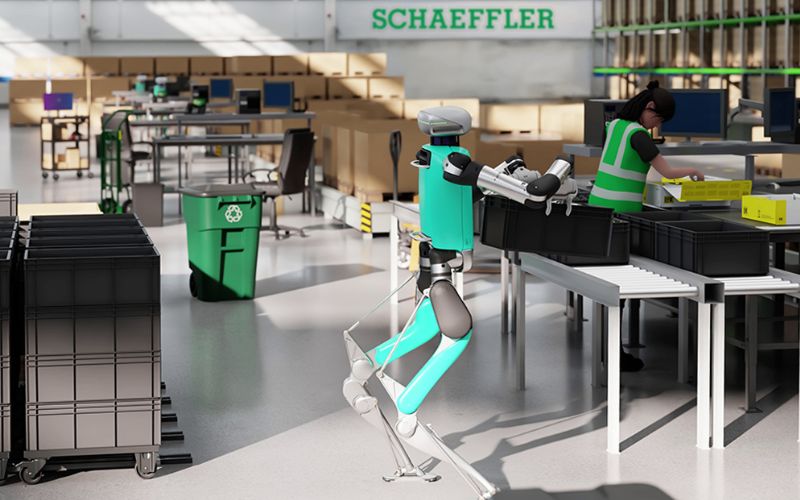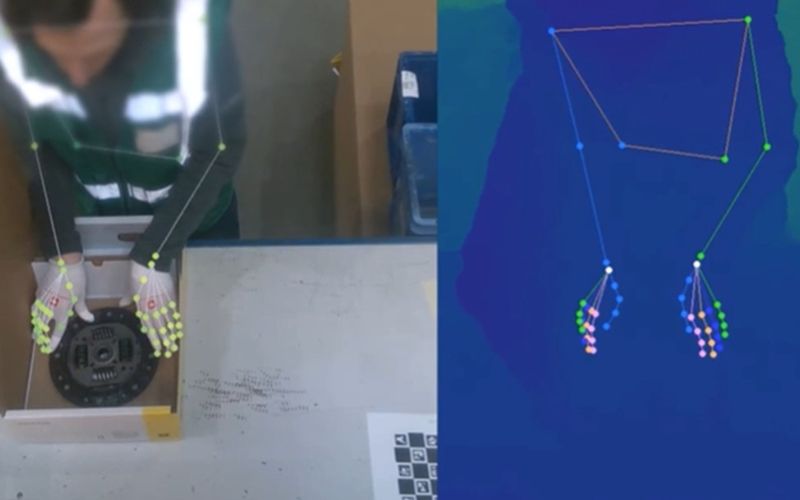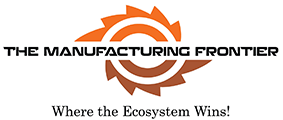
“As a leading motion technology company, Schaeffler leverages disruptive innovations such as physical AI, digital twins, and humanoid robots to enhance operational excellence across our global manufacturing network.” Andreas Schick, Chief Operating Officer, Schaeffler AG
“Our collaboration with Schaeffler, Microsoft and NVIDIA shows how clients and strategic partners can co-innovate on turning emerging technologies into solutions to help manufacturers tackle flexibility, productivity and workforce challenges.” Patrick Vollmer, Global Industry Group Lead, Industrials, Accenture
“Tomorrow’s factories require complex collaboration between humans, industrial automation systems and multi-robot fleets. By using Mega and NVIDIA Omniverse to simulate and test various types of robots at scale in industrial digital twins, Accenture and Schaeffler are reinventing their industrial operations with physical AI.” Mike Geyer, Head of Digital Twins, NVIDIA
Accenture (NYSE: ACN) is working with Schaeffler AG to reinvent industrial automation with physical AI and robotics.
At Hannover Messe 2025, the companies show how to optimize various work scenarios, from human-centric to human/robot collaboration and full automation, with the latest simulation, AI and data technologies from NVIDIA and Microsoft. These scenarios include industrial automation systems, autonomous mobile robots (AMRs), Schaeffler’s mobile manipulator cobot EMMA, and general-purpose humanoid robots such as Agility Robotics’ Digit and Sanctuary AI’s Phoenix.
“As a leading motion technology company, Schaeffler leverages disruptive innovations such as physical AI, digital twins, and humanoid robots to enhance operational excellence across our global manufacturing network,” said Andreas Schick, Chief Operating Officer at Schaeffler AG. “In collaboration with strong partners like Accenture, we constantly explore how disruptive technologies from NVIDIA and Microsoft can increase our flexibility and efficiency. This is how we want to jointly shape the production of the future.”
“Physical AI is reinventing industrial automation as it offers efficient ways to train and control entire fleets of AMRs, mobile adaptive manipulators and general-purpose humanoid robots,” said Patrick Vollmer, Global Industry Group Lead, Industrials, Accenture. “Our collaboration with Schaeffler, Microsoft and NVIDIA shows how clients and strategic partners can co-innovate on turning emerging technologies into solutions to help manufacturers tackle flexibility, productivity and workforce challenges.”
The companies developed a proof-of-concept (PoC) demonstrating the benefits AI-powered simulations can bring to Schaeffler’s factories and distribution centers on three levels:
1. Planning the ideal facility: Accenture’s capability to build digital twins of factories and warehouses on the NVIDIA Omniverse development platform allows Schaeffler to simulate and identify the best layout for facilities up-front and thus reduce commissioning times. This includes virtually positioning production lines and kitting stations for dynamic material flow and seamless collaboration between humans and robots.
Virtual commissioning can also help Schaeffler determine the right degree of automation for each facility. The PoC covers scenarios with different types and sophistication of physical AI: primarily manual work; AMRs supporting transport tasks; and adaptive manipulators such as EMMA and general-purpose humanoid robots in highly automated facilities.
Half of the factory managers of industrial companies (49%) expect AMRs to be a key element of future factories and 43% believe humanoid robots will become a standard component of assembly processes, according to a recent Accenture research report.
2. Paving the way for physical AI and general-purpose humanoid robots: Accenture and Schaeffler are starting to adopt Mega, an NVIDIA Omniverse Blueprint, to test robot fleets, including general-purpose humanoid robots, in industrial digital twins of factories and warehouses.
The PoC shows Agility Robotics’ Digit performing material handling, such as tote handling and transport to kitting and commissioning areas. It also demonstrates how Sanctuary AI’s multi-dexterous humanoid robot, Phoenix, learns real-world tasks in Omniverse by observing simulations (Accenture made a strategic investment in Sanctuary AI in March 2024). An example is compiling spare part kits for individual orders in one of Schaeffler’s spare part centers. The imitation learning technique is supported by vision AI applications such as NVIDIA Metropolis, which captures the movements of human workers and humanoid robots in the real world and translates them back into simulations in Omniverse.

As Accenture found in its 2025 Technology Vision, humanoids are appealing because of their versatility. They will fit quickly and easily into a human-centric world, accessing physical spaces and participating in workflows initially designed for people.
“Tomorrow’s factories require complex collaboration between humans, industrial automation systems and multi-robot fleets,” said Mike Geyer, head of digital twins at NVIDIA. “By using Mega and NVIDIA Omniverse to simulate and test various types of robots at scale in industrial digital twins, Accenture and Schaeffler are reinventing their industrial operations with physical AI.”
3. Optimizing live robotics operations: Accenture and Avanade, its joint venture with Microsoft, are collaborating with Schaeffler to use simulated data from Omniverse to optimize the physical performance of robots in the warehouse and on the shopfloor – for example, to avoid congestion. Data from various simulated scenarios is fed into Microsoft Fabric, a unified, AI-powered data platform. Site managers and workers responsible for operations can then compare key performance indicators, such as availability, utilization and overall equipment effectiveness for these scenarios to identify potential issues in time to act.
Accenture and Avanade developed a solution for Schaeffler’s production site Schweinfurt, Germany, that uses MS Fabric in combination with a generative AI-powered factory operations agent. It helps staff gain production insights and solve issues faster by letting them ask questions in natural language. Moving forward, virtual factories can be onboarded, allowing engineers and planners to interact intuitively with simulation data of robots and production systems, for example, by pulling up dashboards and changing simulation parameters using voice commands.
*Schaeffler and Accenture are presenting the industrial automation showcase at Accenture’s Hannover Messe presence in Hall 17, booth E32.
